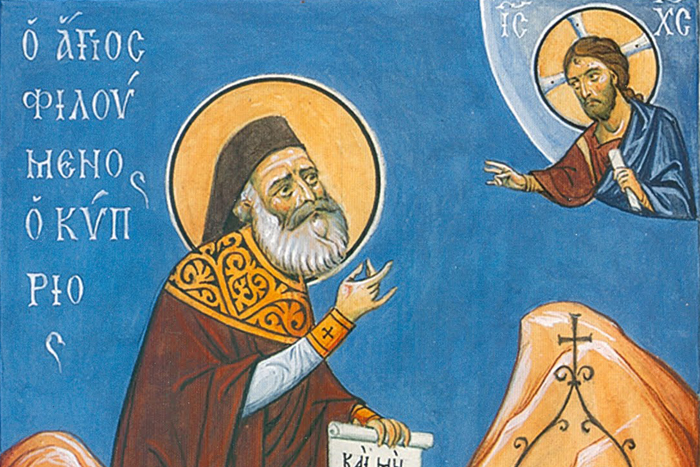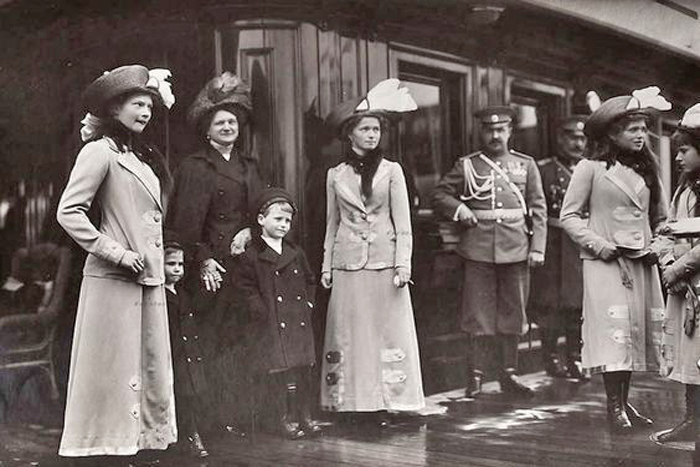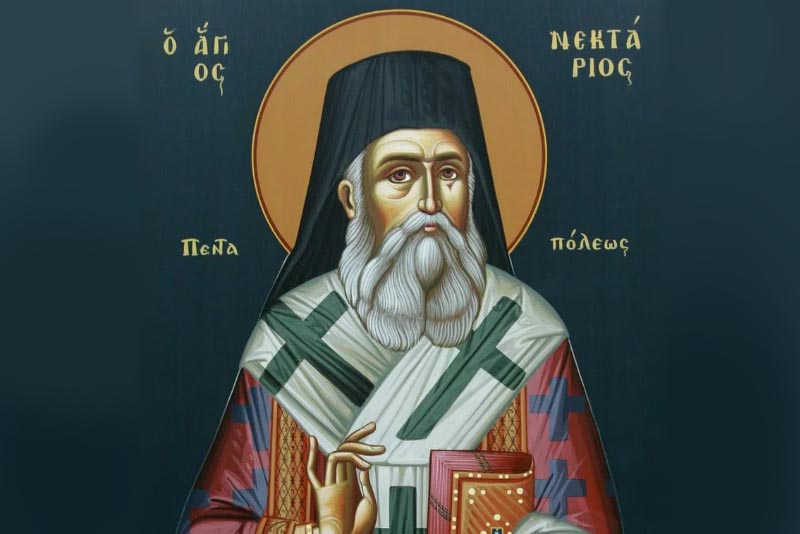
Martyrdom and death for Christ is not only the privilege of the Christians who lived in the age of bloody persecution under the Roman rule, but also of our times of enlightened tolerance. An example of this is the martyrdom of Philoumenos (Hasapis) of Jacob’s Well. What kind of man was he, where did he live, and how did he suffer martyrdom for the sake of Christ?
Early Years. Sophocles (that was the boy’s birth name) was born in Cyprus in 1913, not far from Nicosia. The names of the future saint’s parents were George and Magdalene. They were distinguished by their exceptional piety and had thirteen children. Sophocles had a twin brother Alexander, who shared with him not only his mother’s womb, but also a common calling to monasticism. From an early age, Sophocles and his brother were enthusiastic about hearing God’s Word. Inspired by their grandmother Loxanthra, the brothers loved to pray together, read the lives of saints, and memorize church hymns. The life of St. John Calabytes (5th century) motivated Sophocles and his brother to become monks. At the age of 14, the young ascetics leave their parents and go to the Stavrovouni Monastery, where they stayed for about 5 years.
Tonsure and First Duties. In 1934, the brothers moved to Jerusalem, where they studied at the gymnasium of the Jerusalem Church. Three years later, the brothers took the vows with the names Philoumenos and Elpidios. The Monk Philoumenos was appointed a hierodeacon, and upon his graduation, he would perform various duties at the Jerusalem Patriarchate. Father Philoumenos stayed in the Lavra of St. Sabbas – an amazing monastery where monks still live without electricity. On November 1, 1944, the future martyr was promoted to the rank of a hieromonk. Father Philoumenos spent more than thirty years of his life serving assiduously in different towns of the Holy Land, in charge of various monasteries and parishes. Prior to his final appointment, he was a priest in the Church of the Resurrection in Jerusalem and a member of the Brotherhood of the Holy Sepulchre, for which he became known as the martyr of the Holy Sepulchre.
Memories of His Spiritual Children. According to the recollections of his spiritual children, Father Philoumenos, eager to attract Palestinian believers, learned Arabic so well that he was able to read and speak it fluently, and could sing the Gospel better than many Arabs, preaching Orthodoxy not only with his tongue, but with his whole life. St. Philoumenos loved the divine service very much and was committed to it even in the finest details. He sang every word of every psalm and canon slowly and carefully. Even at St. Sabbas Lavra, reading was not so well arranged. However, when there were pilgrims in the monastery, the father would curtail the service a little so as not to overburden the tired guests, and then he would read the omitted prayers in his cell in secret.
His Final Appointment. On May 8, 1979, Father Philoumenos was appointed hegumen to the monastery of the Well of St. Jacob in Shechem (present-day Nablus). He immediately initiated fundraising for the completion of the Church of St. Photini, which had not been completed since WWI. Saint Philoumenos established friendly relations with both Muslims and Jews, who were allowed to come to the well every week to pray. When Philoumenos was asked to remove from the chapel all the icons and crosses that had allegedly made it difficult for some visitors to pray, he refused, and then the threats began.
On November 16/29, 1979, when the hegumen had already put on an epitrachelion to celebrate the Vespers, some unidentified assailants broke into the chapel, throwing a hand grenade into it. They chopped off the fingers of the hand with which he crossed himself, poked out his eyes and cut his face with an axe in a cruciform way, and severed his knees, as a result of which the martyr passed away to the Lord. The church was destroyed, the crucifixes were chopped up, the liturgical vessels were desecrated, and the murderers fled the crime scene. In 1982, one of the murderers was finally arrested when he tried to break into the church of St. Jacob’s Well with grenades in his hands again. He was a 37-year-old mentally ill resident of Tel Aviv who had heard voices in his head. The police found out that the murderer was also responsible for the assault on an Orthodox nun and the murder of several other Jews. The investigation concluded that the perpetrator had committed all these attacks all by himself.
On September 11, 2009, the Monk Philoumenos of the Holy Sepulchre was recognized as a saint by Theophilos III, the Patriarch of Jerusalem. His relics, which had been found to be incorruptible in 1983, were solemnly transferred to the newly consecrated Church of St. Photini of Samaria near St. Jacob’s Well. The Holy Synod of the Russian Orthodox Church included the commemoration of Hieromartyr Philoumenos into the liturgical calendar of the Russian Orthodox Church in 2010.
You can order an icon of any saint in our icon-painting studio



